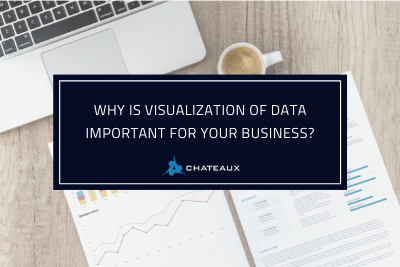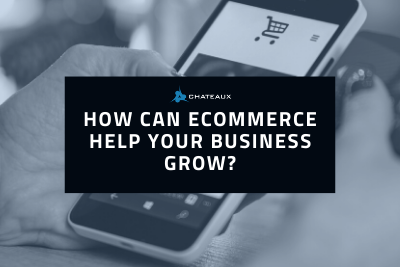Companies need to integrate the fragmented online pieces that tell us about our consumers.

These scattered molecules represent pieces of our lives, and each can tell someone about a piece of us. Facebook captures our personal social graph, while LinkedIn captures our professional social graph. They can tell an organization about our tendencies to gravitate towards particular topics of interest and groups of people. We purchase items on various ecommerce websites, and they keep a profile on what we buy when we’re there; how long it took us to find something we were interested in; and other suggested items we gravitated towards. Our in-store purchases and their timestamps get logged in huge data warehouses, primed for mining and analysis to predict what we will buy next and how to make that visible to us. We distribute our sentiments across various online blogs and forums, not to mention Twitter. Game theory is installed in many different websites that we visit, and by playing their games we give them a picture of the stimuli to which we react.
These pieces of ourselves describe different aspects of who we are. But, unless they are integrated in a way to provide context to those “outbursts”, they are simply digital noise. By putting all of these pieces of online information together about an individual, you in essence reassemble that individual in the digital world. Doing so can tell you exactly what you need to know about that person in order to effectively market and sell your products.
CPG and Retail companies need to keep up with the new consumer. These consumers are dropping digital hints everywhere about themselves; companies need to seek out that information, pull it in, integrate it, mine it, and interact with it to reveal strategic insight about their target markets. The tools to do this are at your disposal – Hadoop, graph databases, HANA, etc. – and their collective price points are attractive to all kinds of businesses. But that is only the first step; you must also acquire the skills to mine intelligence from all of this data.
Companies like Chateaux employ many people who have expert knowledge in both the tools and the business-specific data. By identifying and engaging these players, activating online-focused analytics to extract strategic meaning from social media data, and directing this information to people within the organization who both need and want it, companies can develop a “social intelligence” that is forward looking, global in scope, and capable of playing out in real time.
Fasten your seatbelts…get ready to “see” the digital consumer before your very eyes!








